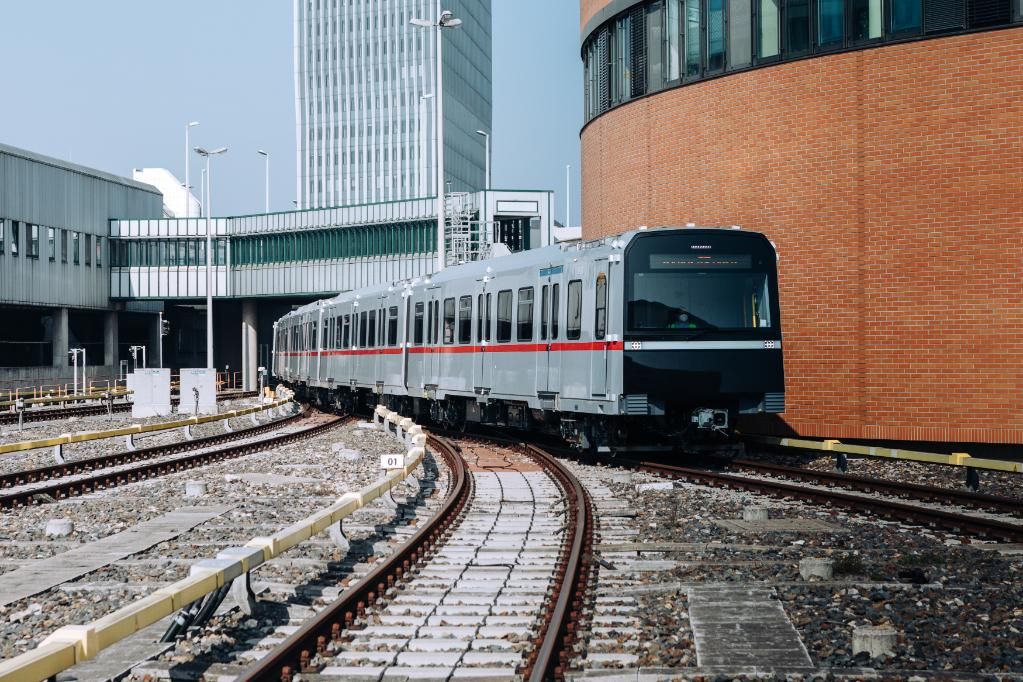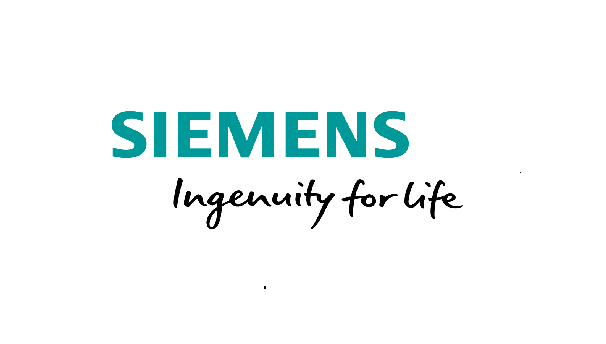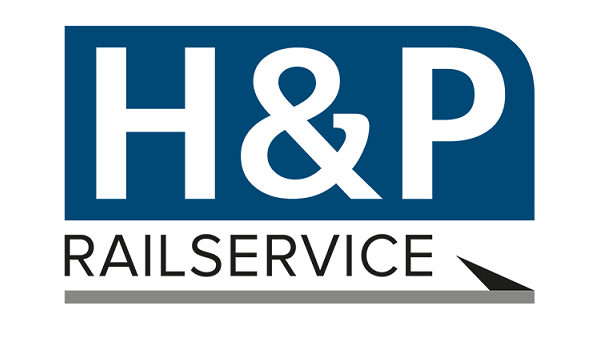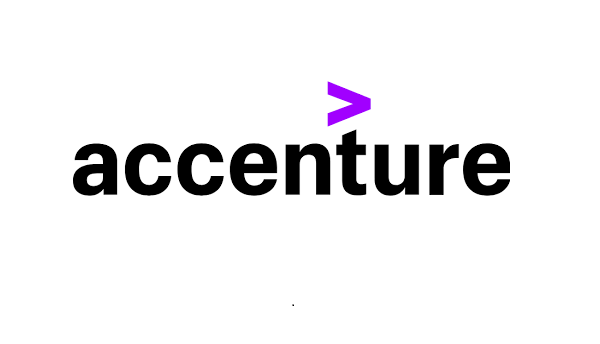
The Austrian writer Karl Kraus once famously quipped: “The Streets of Vienna Are Paved with Culture, the Streets of Other Cities with Asphalt”. Indeed, few cities - if any - can boast of the city’s cultural legacy, which was shaped by the likes of Mozart, Liszt and Beethoven. Despite the city’s notable cultural heritage, it has steadfastly refused to become a museum to history, it has kept up with the times as it remains one of Europe’s major capitals.
One of the undoubted reasons that the city is able to straddle modernism and history is its transport system that respects both - Wiener Linien, previously administered as a subsidiary of the Vienna city government for over 100 years became an independent entity a little over 20 years ago. The system is now as much a part of everyday Viennese life as the conservatories or galleries that line the city. Business Excellence recently had the pleasure of speaking with its CEO, Alexandra Reinagl about Wiener Linien and in particular, it’s U2xU5 Expansion - a game-changer for both the city and the company.
Background and Overview
Mr. Alexandra Reinagl began by giving us some insights into Wiener Linien, Vienna’s public transport operator: “In total, the company is responsible for some 180 underground, tram and bus lines. Our underground network extends to 83 kilometers; our tram network comprises around 220 kilometers, which makes it the sixth-largest in the world, and our bus lines travel a network of 850 kilometers.”
This infrastructure makes Vienna one of the most well-equipped for public transport in Europe. It has more underground lines than significantly larger cities, such as Munich and Milan, for example. Its presence is warranted by its daily usage numbers, Mr. Alexandra Reinagl points out: “On average, some 2.6 million passengers per day use the Wiener Linien network, for which our public transport vehicles cover a distance of 214,000 kilometers – roughly the same distance as orbiting the earth 5 times.”
Furthermore, until the Covid-19 pandemic, when lockdowns had a strong effect on public transport numbers, passenger numbers were still rising. He says: “In 2019, and for the fourth time in a row, the number of holders of a Wiener Linien annual pass (852,000) surpassed the number of registered vehicles in Vienna. In 2019, our 450 buses, 500 trams and 150 underground trains travelled a total of over 78 million kilometres.”
The U2xU5 Public Transport Expansion
The addition of the U2xU5 intersection to this already thriving network will be what Mr. Alexandra Reinagl terms: “the largest climate protection project in Vienna and also the city’s largest current infrastructure project.” He says: “It will significantly consolidate the heart of Vienna’s underground network. The positive impacts of this project, however, will be felt far beyond the city centre. New interchange options will take the strain off heavily used services. The entire public transport network will become even more efficient and fit for a city of two million.
Development of this vital addition to the network is already underway. Mr. Alexandra Reinagl says: “Construction for the 1st phase of construction fully started in 2021. The first section of the U5 will start operating in 2026, the new section of the U2 will be in operation in 2028. The U2xU5 intersection actually consists of two projects: The new U5 will operate on the existing U2 tracks between Karlsplatz and Rathaus, leading to the Frank Platz station in the first construction phase and then further to the west of the city. In total the U5 will comprise 9 Stations.”
Socio Economic Impact
The U2xU5 expansion will have a significantly positive socio-economic impact. Bearing in mind that currently, more than 260,000 passengers ride its 1,000 vehicles at any one time, and the company employs some 8,700 people full-time across all of its operations, receiving some 20,000 new job applications annually. Mr. Alexandra Reinagl estimates that the project will add 30,000 additional 30,000 jobs to the Austrian economy in its first construction phase, and include an investment of approximately 6 billion Euros.
He also lists some of the other socio-economic benefits of the line: “1.3 billion passengers a year. This will sustainably ensure there is enough space on public transport in Vienna. The U2xU5 expansion project will provide space for more than 300 million additional passengers. And there are the savings of up to 75,000 tonnes of CO2 per year. In order to absorb the same amount of CO2, this would require immediately planting six million 30-year-old beech trees in Vienna. And finally, we estimate that the U2xU5 intersection will cut private transport by 550 million kilometres per year.”
Key Partners and Suppliers
When it comes to key suppliers and partners, Mr. Alexandra Reinagl is keen to underline the local nature of the support involved. First of all, he name-checks the city of Vienna: “The city of Vienna is a key supporter of this project. The city helps coordinate construction, traffic rerouting close to construction sites etc. but also supports the project overall and funds half of the project (the other half is funded by the Austrian federal state).”
In terms of private partners, however, there is also a distinctly Austrian flavour to proceedings. Mr. Alexandra Reinagl tells us: “In total 59 companies are implementing the project together with the Wiener Linien, 56 of these are from Austria and 28 from Vienna. This means the project has a very positive regional economic impact.”
What the future holds for Wiener Linien
When speaking of future initiatives with Mr. Alexandra Reinagl, ‘sustainability’ is a word that comes up over and over, replacing the company’s priorities in this area. He tells us: “ Wiener Linien operates Vienna’s entire local public transport network, thereby contributing to the city’s excellent quality of life. The focus here is on striking a sustainable balance between social responsibility, commercial success and environmental interests.”
He continues: “Conserving resources, reducing energy consumption, cutting CO2 emissions – the less energy we use for transport, the more energy we have to put into developing new ideas. After all, it is the combination of many small steps that makes a sustainable future possible. However, no matter what, there is no doubt in Wiener Linien’s mind that environmentally-friendly urban mobility is the key to future quality of life in the city – and this is on track.”
He finishes: “Wiener Linien is hard at work creating climate-friendly mobility options for the future: These combine the dense network of bus, tram and metro services with sharing vehicles to offer the best options for everyone’s specific mobility needs. No fewer than 13 WienMobil stations (for bike sharing) have already been set up; 15 more are coming in 2022. In 2025, there will be 100 WienMobil stations throughout Vienna, each offering various forms of mobility – from hire cars, scooters and mopeds to bike storage boxes and bike service stations.”



 01 - RE- Wiener Linien Article Draft 1- BE Magazine_SR spread - SMALL SIZE.pdf
01 - RE- Wiener Linien Article Draft 1- BE Magazine_SR spread - SMALL SIZE.pdf











